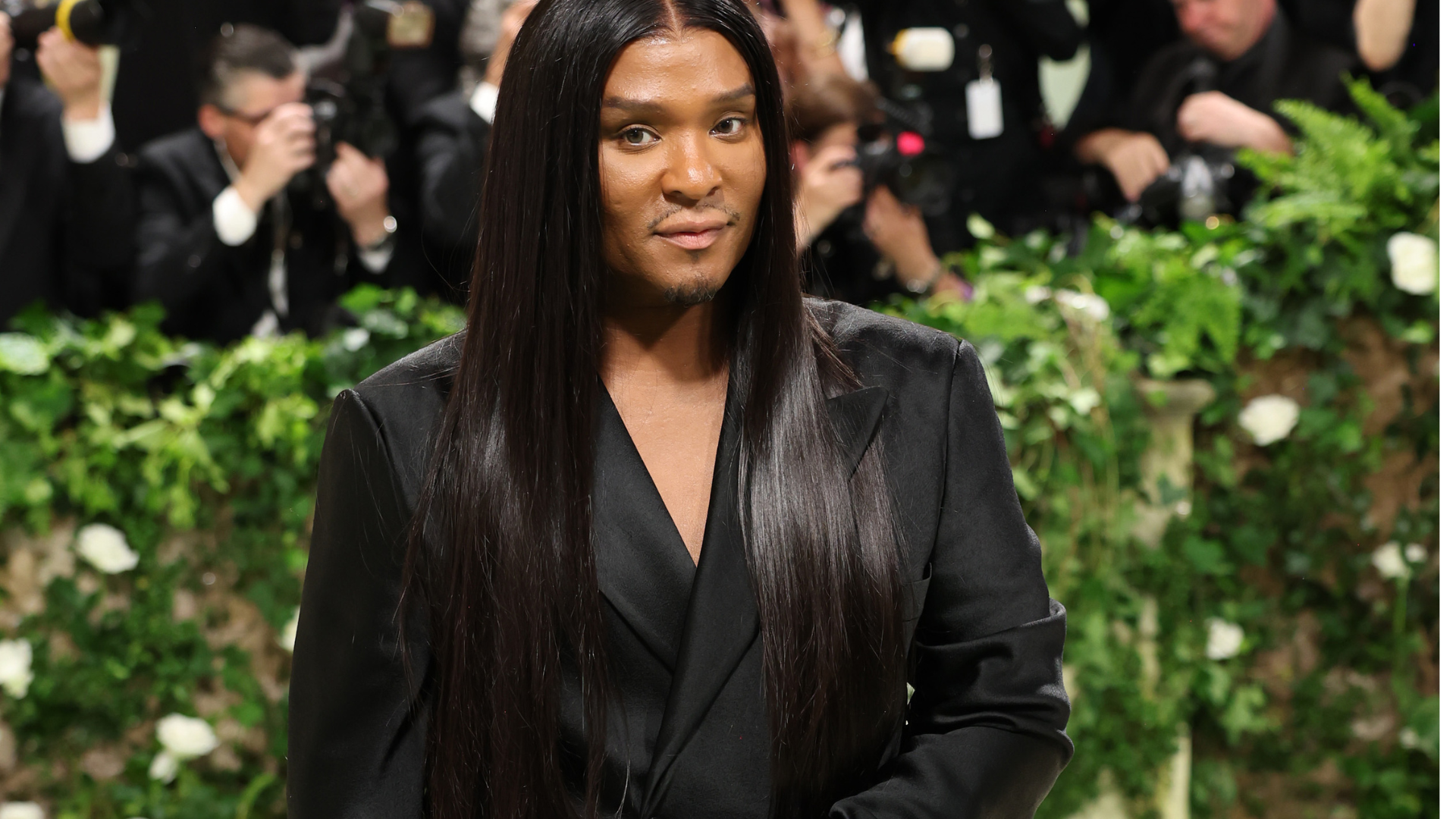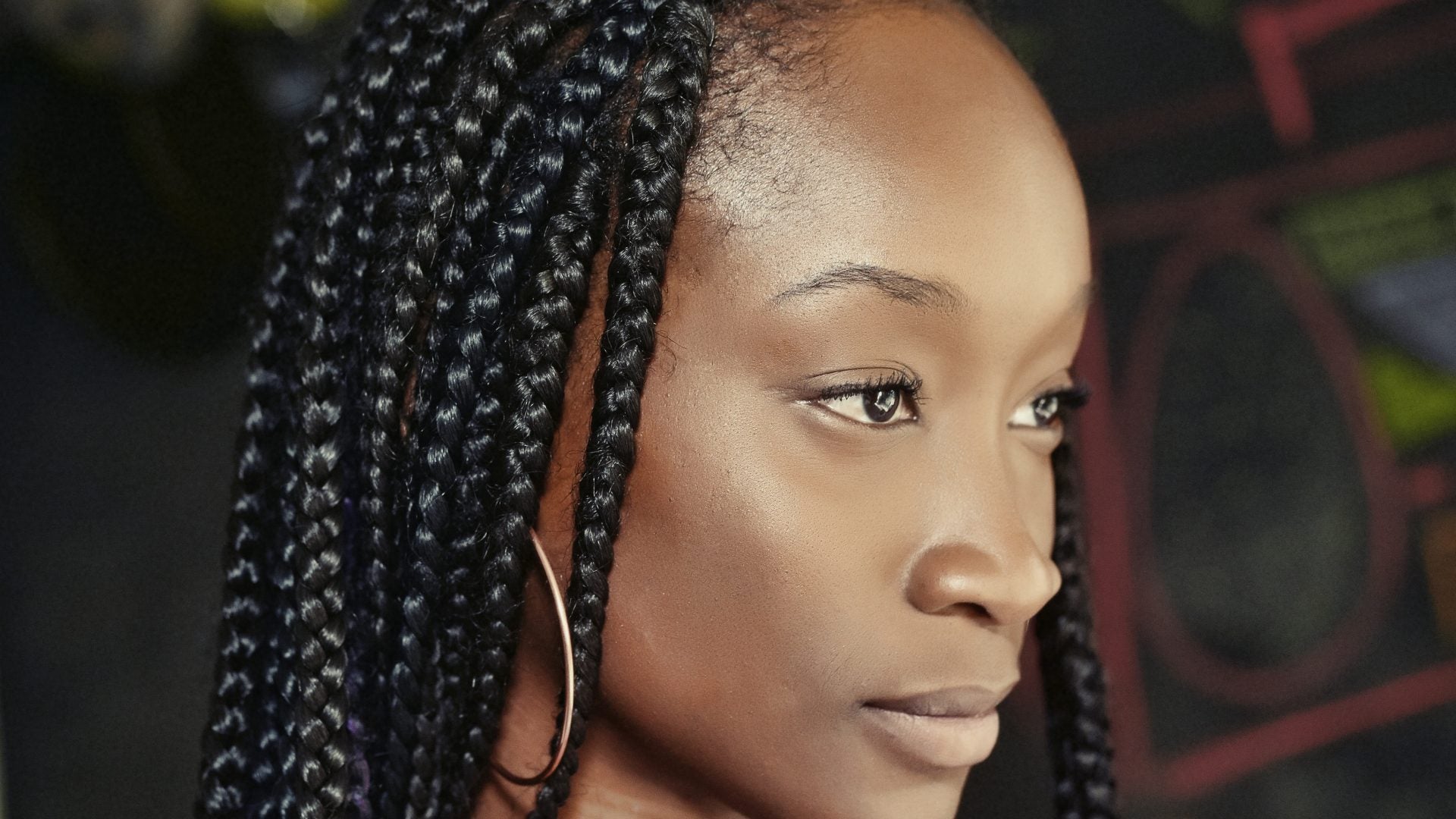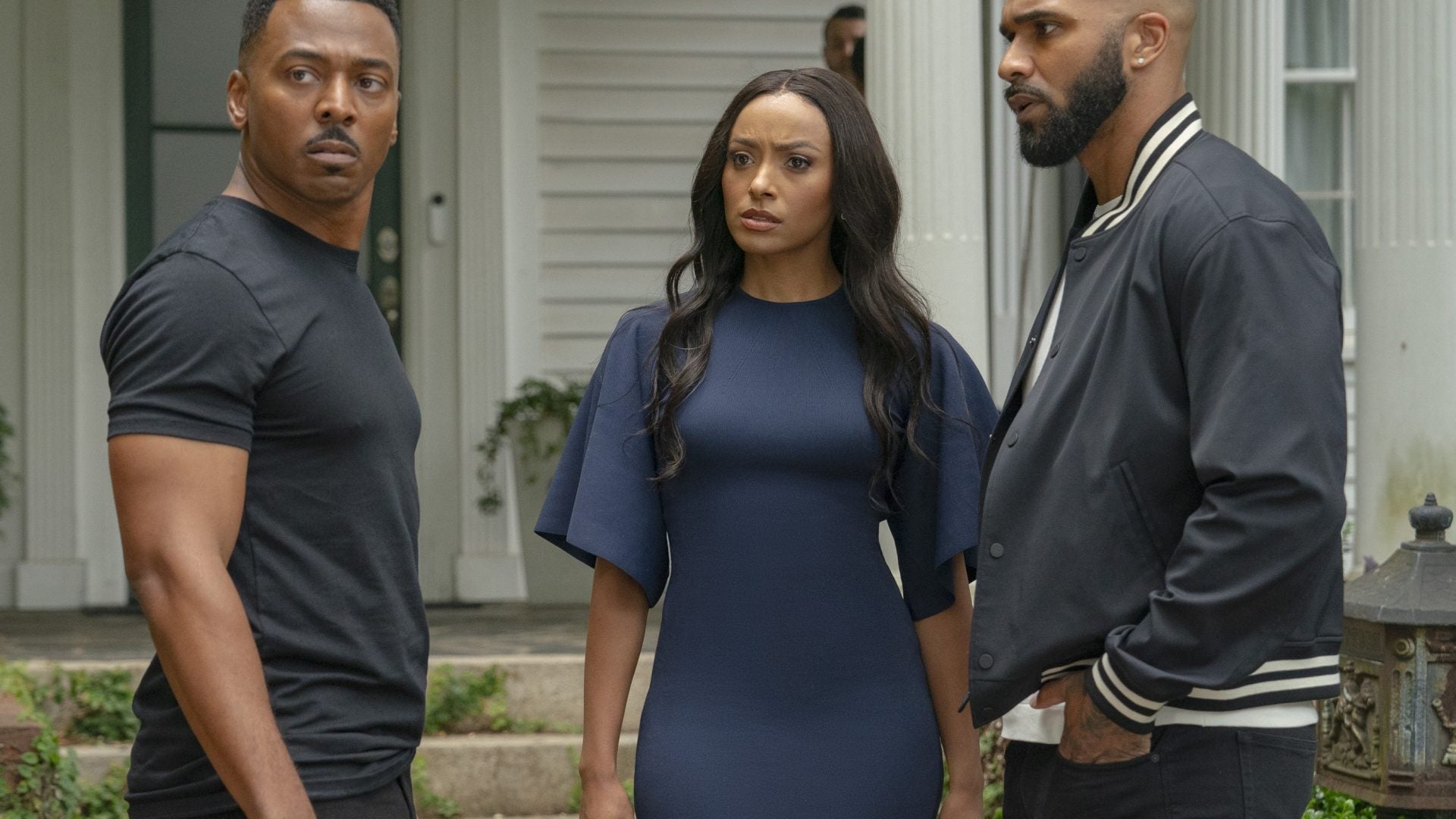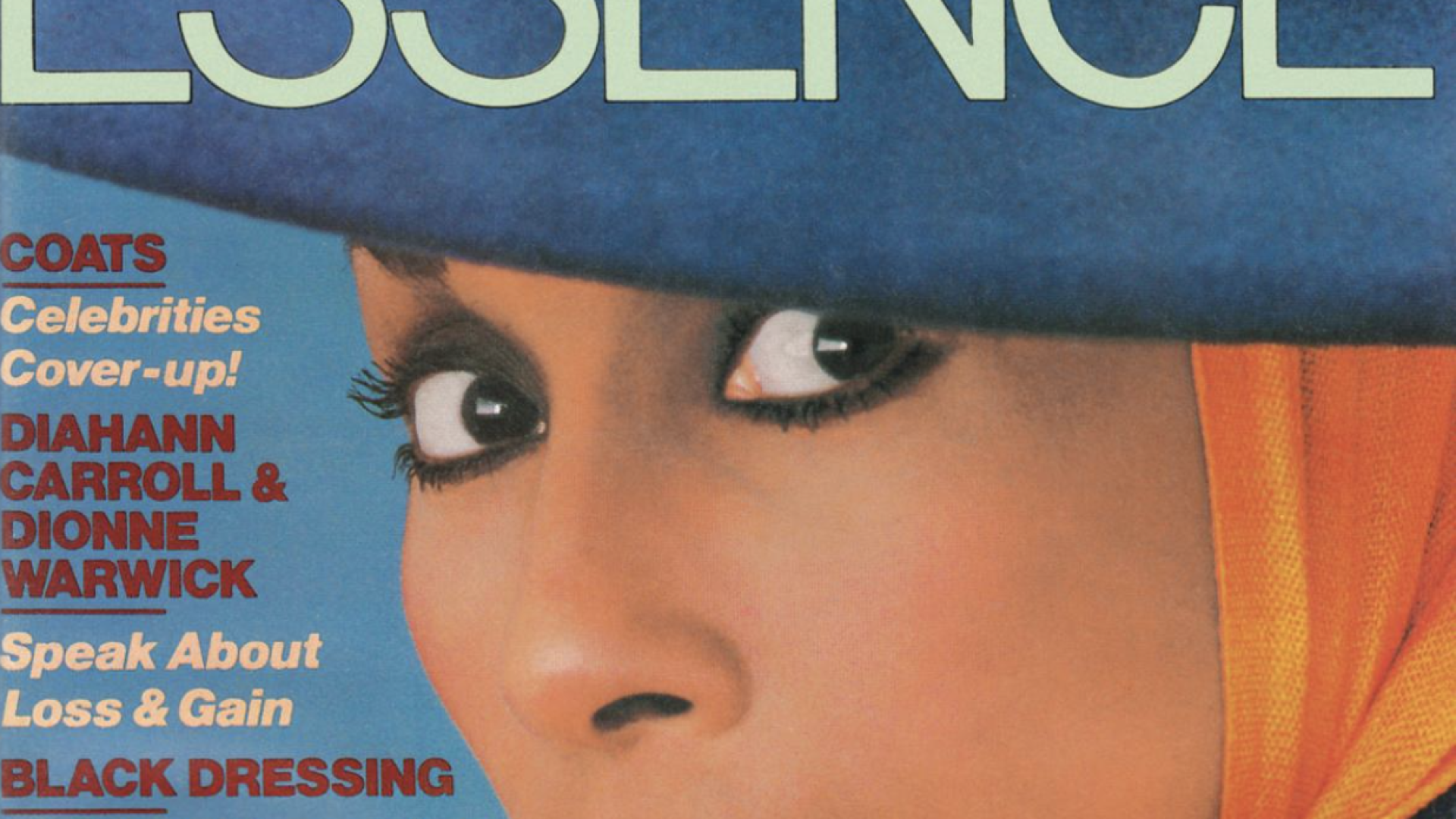
Time Of Essence is here. As OWN prepares to take viewers through ESSENCE’s 50-year legacy, examining each decade’s highlights every week, we accompany readers on a similar journey of our beloved publication’s most unforgettable covers, beginning with the magazine’s inception in 1970.
The 1970s were a transformative decade for ESSENCE, as it played a crucial role in shaping the representation of Black love and beauty across its monthly periodicals. Throughout this era, the magazine’s covers and content captured the essence of the time, reflecting the changing social and cultural dynamics within the African American community.
In the realm of love and beauty, the magazine embraced a revolutionary approach by showcasing a diverse range of relationships, perspectives, and definitions of beauty that were often overlooked or underrepresented in mainstream media.
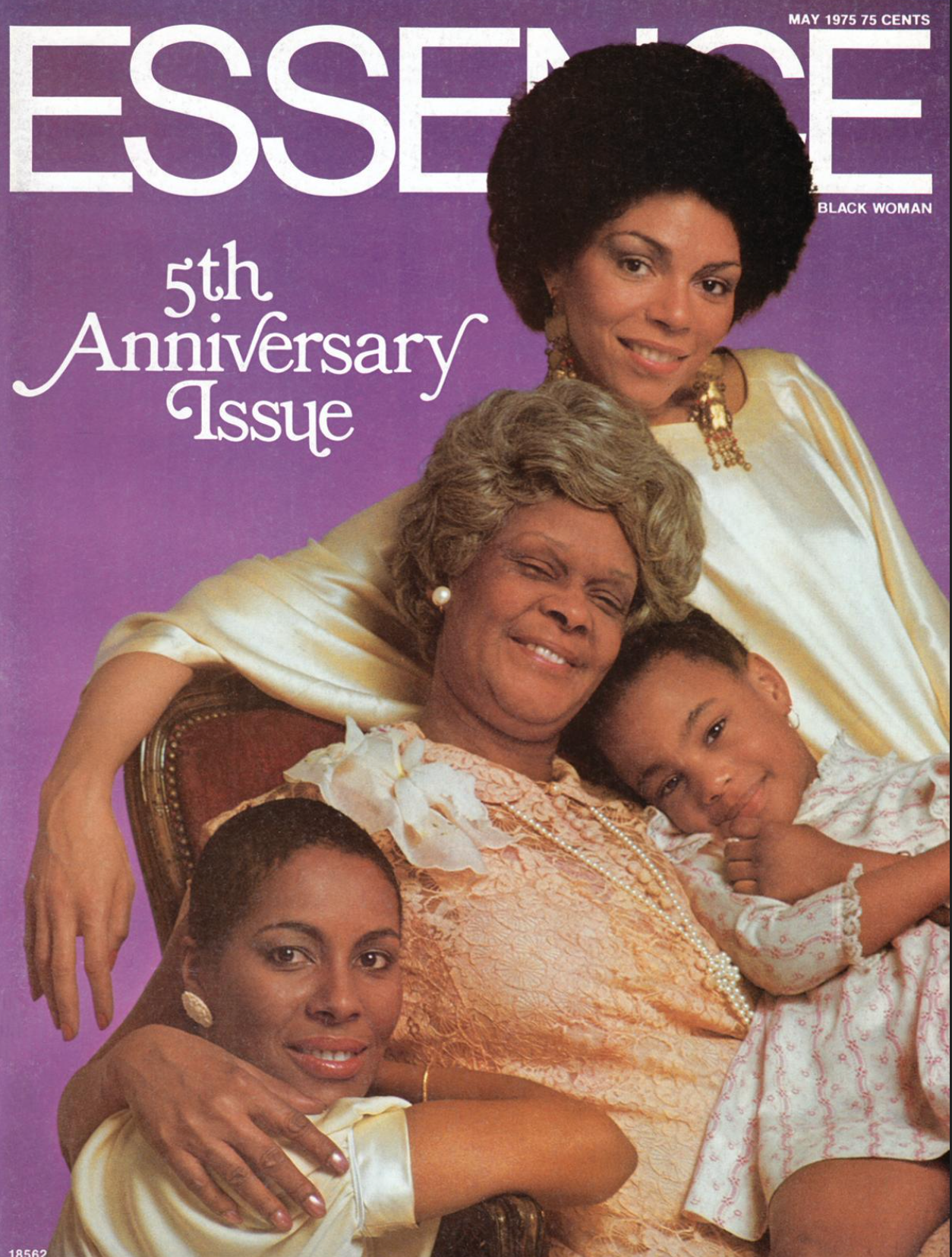
A pivotal moment for ESSENCE occurred in 1975 when the magazine marked its fifth year anniversary. This milestone was a testament to the publication’s growing influence and relevance within the African American community and beyond. The May 1975 cover of ESSENCE featured prominent Black actresses Rosalind Cash, and Minnie Gentry, women that embodied the essence of Black womanhood, talent, and resilience. This cover not only celebrated these accomplished actresses but also symbolized the empowerment of Black women in the entertainment industry.
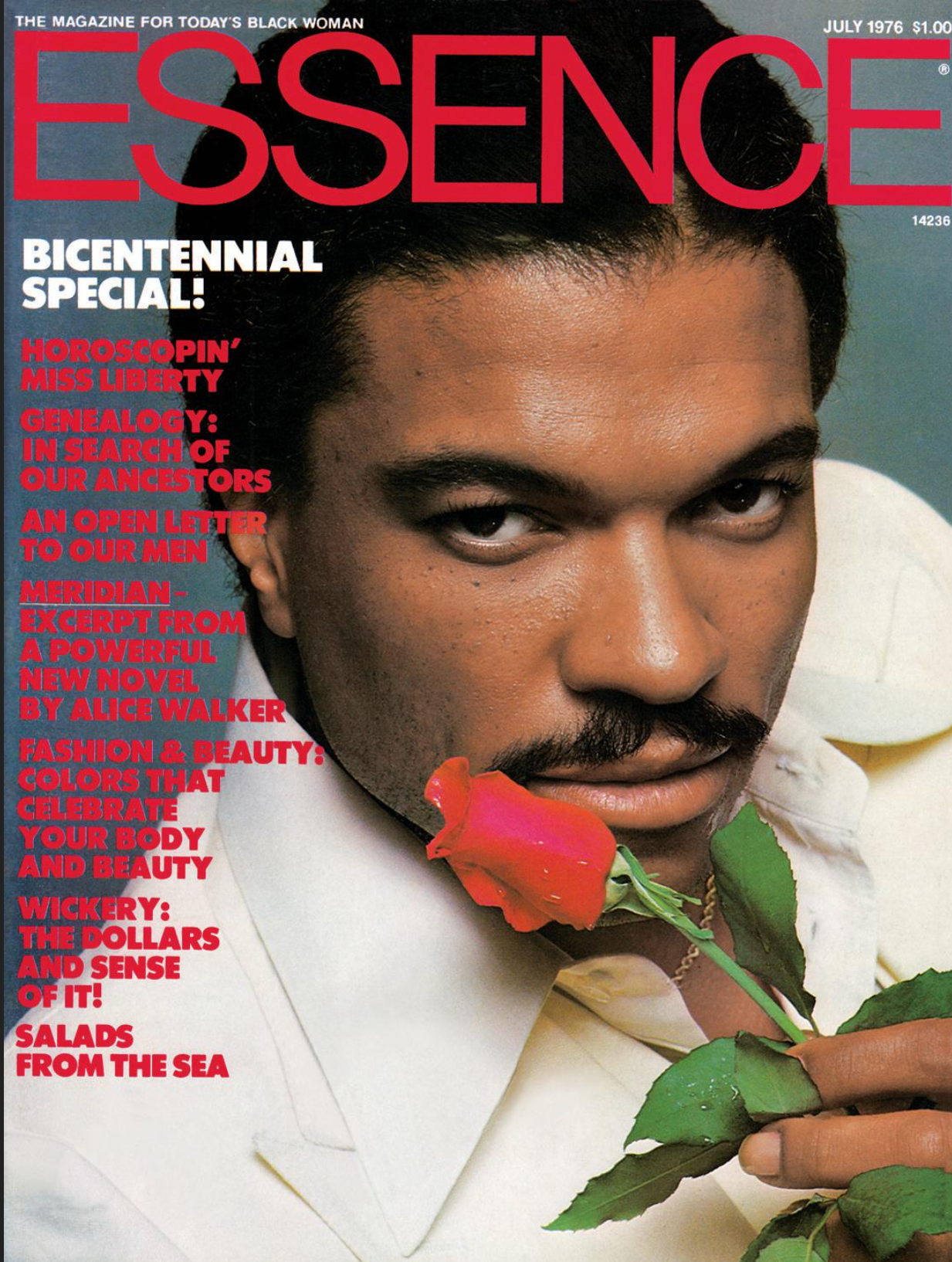
The following year, in July 1976, ESSENCE dedicated a special bicentennial issue, featuring the charismatic presence of actor Billy Dee Williams on the cover. This choice was significant as Williams, often regarded as a symbol of Black masculinity and charm, represented a different facet of Black love and desirability. This cover represented the magazine’s commitment to showcasing a diverse spectrum of Black experiences.
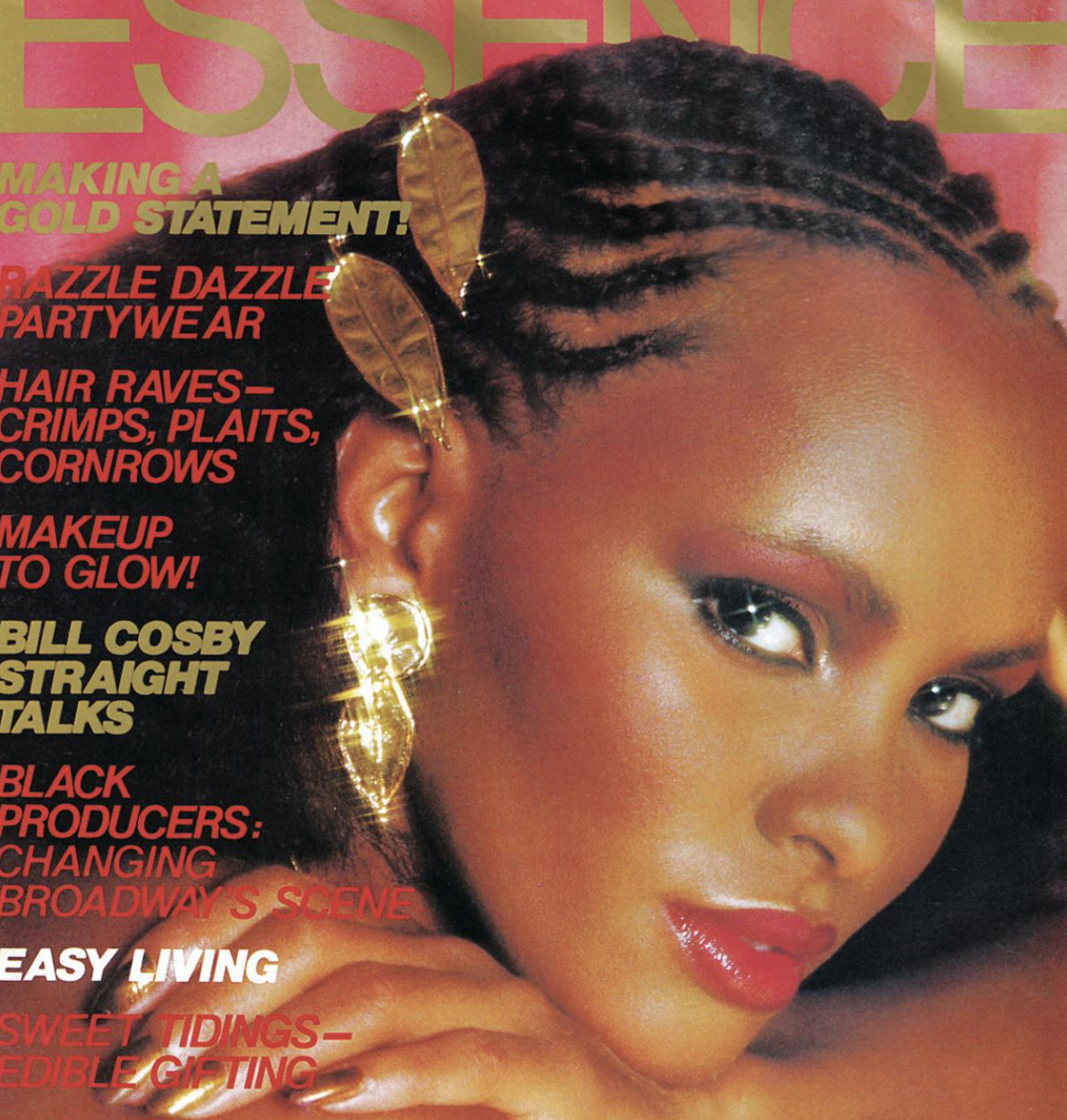
Closing out 1977, ESSENCE featured Rasheeda Moore on its December cover, radiating glamour and elegance. By consistently featuring a variety of Black individuals who exuded beauty in their own unique ways, ESSENCE was instrumental in challenging and redefining conventional beauty standards that had been perpetuated by mainstream media for years.
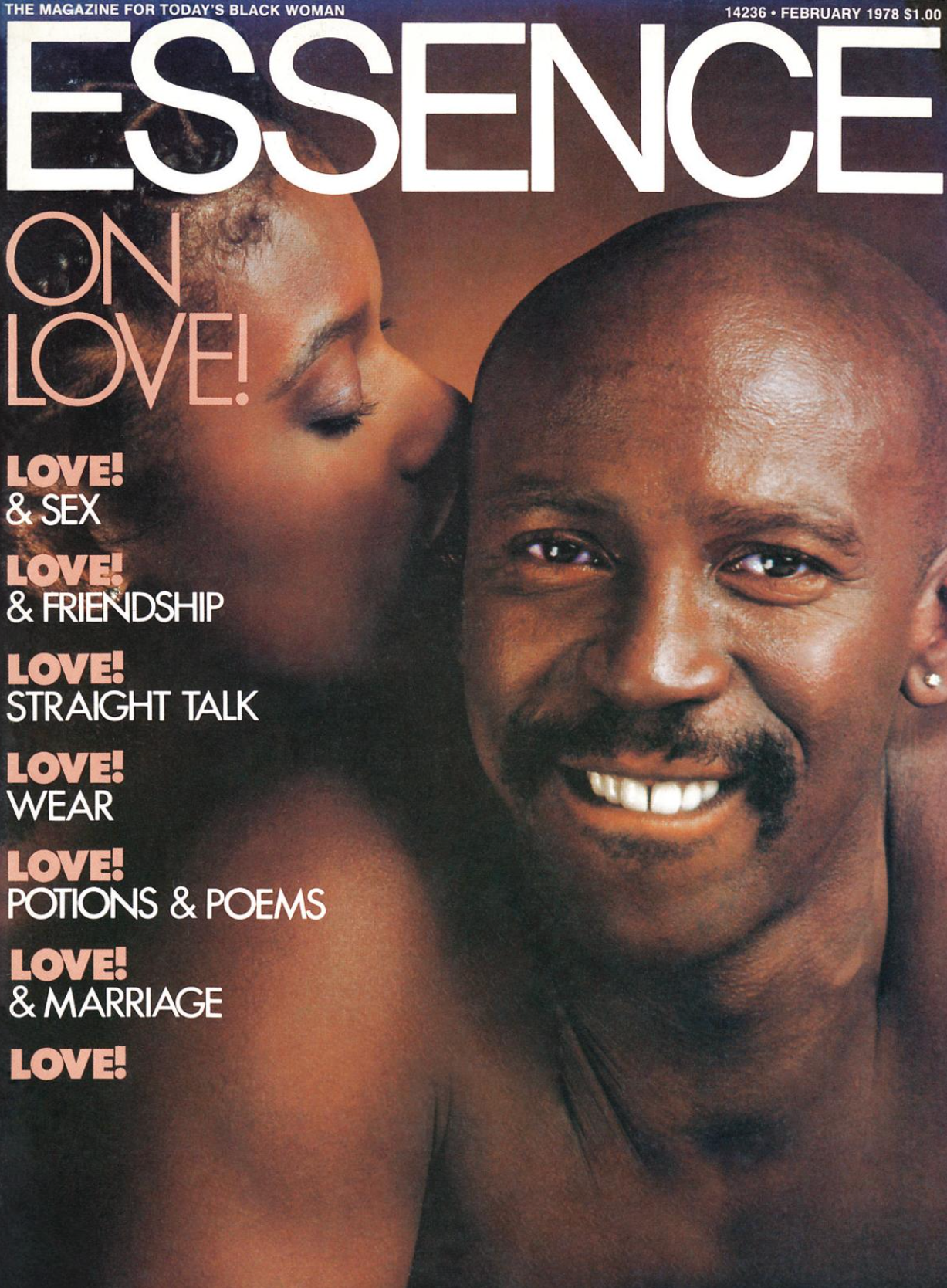
In February 1978, ESSENCE magazine continued its mission to showcase diverse facets of love within the Black community by featuring actor Louis Gossett Jr. on the cover of their love issue. This choice was significant not only because of Gossett’s prominence in the entertainment industry but also due to the timing and context surrounding his career. The cover followed his leading role in The Lazarus Syndrome, which debuted a month prior.
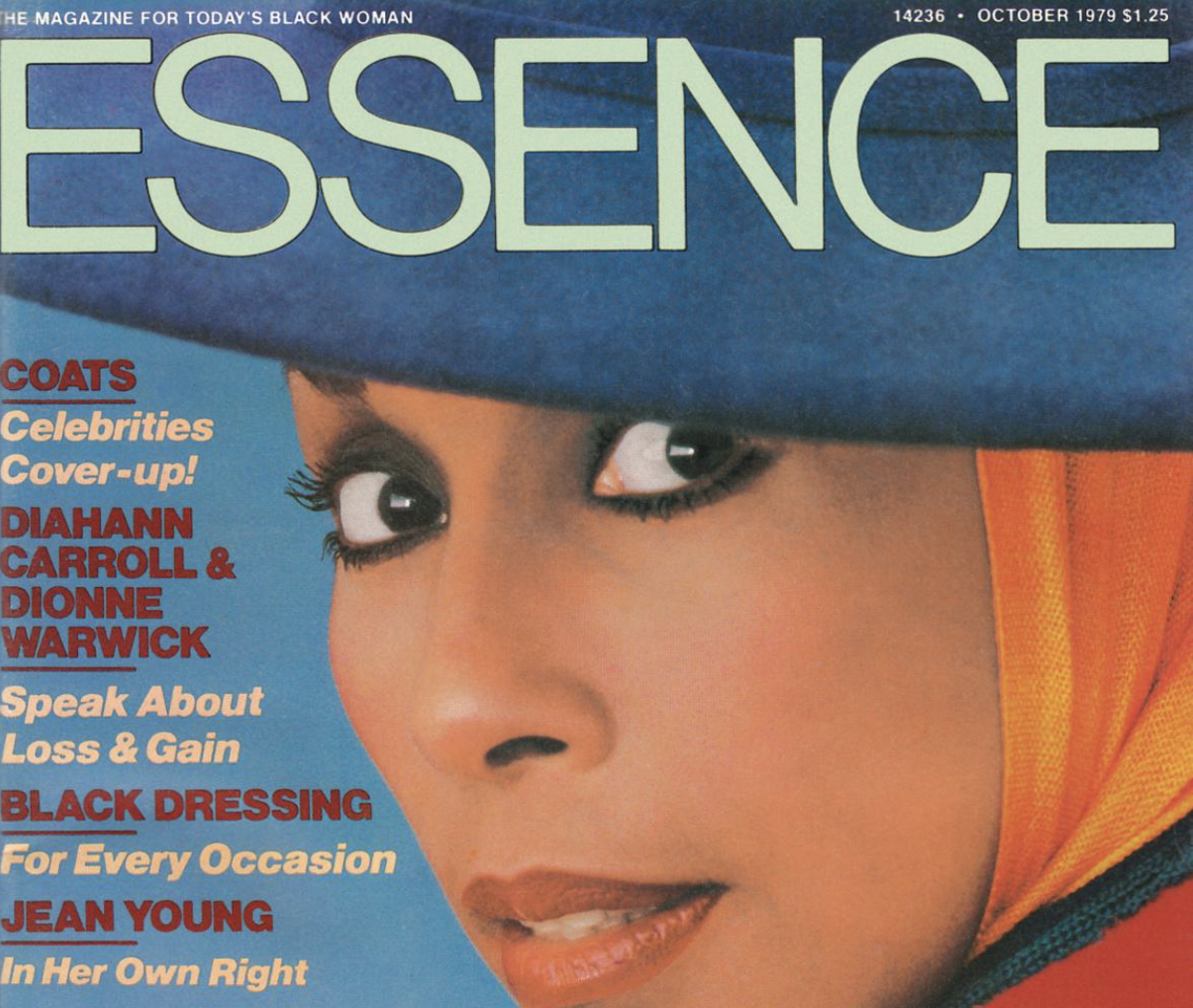
As the 1970s came to a close, ESSENCE’s final year of the decennium looked like a who’s who of Black Hollywood at the time, with Black television pioneer Diahann Carroll covering the October 1979 cover, a decade after becoming the first African-American to win an Emmy nomination.
Within the decade’s final years, ESSENCE had established itself as more than just a magazine. As the 1970s came to a close, ESSENCE had firmly established itself as more than just a magazine – it had become a cultural touchstone that championed the celebration of Black identity, love, and beauty. The magazine’s dedication to capturing the richness of Black love and beauty played a vital role in dismantling stereotypes and fostering a sense of pride and self-acceptance within the Black community.
The foundation laid during this decade would pave the way for ESSENCE to continue its impactful journey in the decades that followed, remaining a beacon of representation, empowerment, and inspiration for generations to come.

